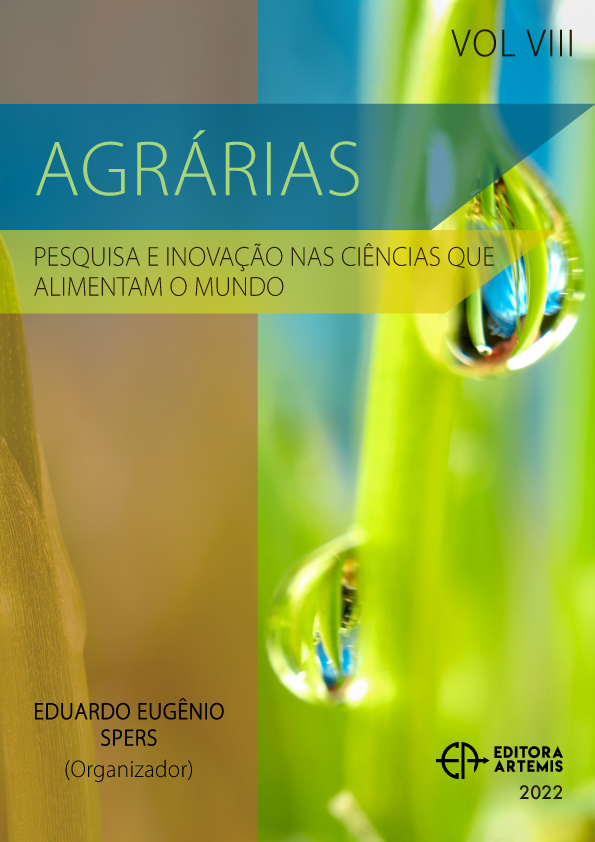
INFLUENCIA DE LAS VARIABLES MORFOLOGICAS Y POBLACIONALES DE Eichornia crassipes Y Pistia stratiotes SOBRE LA COMUNIDAD DE MACROINVERTEBRADOS ACUATICOS EN UNA MADRE VIEJA DEL VALLE DEL CAUCA.
El humedal Cucho deé Yegua se ubica en el Departamento del Valle del Cauca y se clasifica como un sistema palustre permanente en estado de sucesión eEcológica, colonizado por macrófitas acuáticas flotantes, entre las que están presentesla composición de plantas acuáticas está dada principalmente por las especies Eichhornia crassipes y Pistia stratiotes las cuales cubren la totalidad el 100% del espejo de agua. El objetivo de este estudio fue identificar en el área de muestreo. Se pretende saber si hay diferencias en la composición y estructura de laLA comunidad de macroinvertebrados acuáticos epicontinentales MAEs entre las dos coberturas deasociados a las dos especies de macrófitas dominantes citadas e identificar lasy qué variables morfológicas en cada una de ellas que podrían influenciar la distribución de los MAEsmacroinvertebrados. Se realizaron seis repeticiones, cada una en las poblacioneslas zonas dominadas por de E.ichornia crassipes y P.istia stratiotes durante tres meses seguidos. A cada muestra se le determinó Se midieron múltiples variables como el número de plantas, longitud máxima de raíces, numero de hojas, biomasa húmeda y seca y se colectaron los macroinvertebrados acuáticos para su identificación. La relación entre los Macroinvertebrados AE y las macrófitas se realizó mediante un análisis de redundancia (ADR), empleando el programa CANOCO (3,12) y un análisis discriminante utilizando Rwizard (versión 1.0). Se colectaron 40 géneros, 26 familias, 12 órdenes y seis clases dentro de los Phylum Artrópoda, Mollusca y Annelida. La similitud entre las comunidades de MAEs macroinvertebados encontradas en las poblaciones dezonas las dos especies de macrófitas Eichhorna crassipes y Pistia stratiotes fue del 41%, compartiendo un total de 17 géneros entre los cuales están Odontomia sp, Tabanus, Chrysops sp, las subfamilias Tanypodinae, Orthocladiinae, Psychodidae, los géneros Alluadomyia, Probezzia y Stilobezzia. De acuerdo al ADR las variables número de hojas y peso fresco de raíces fueron las que influyeron la distribución de géneros como Probezzia, Alluadomyia y Psychodidae (NN); se observó una relación entre Neochaetina con E. crassipes y su biomasa, y Pomacea y Odontomia con P. stratiotes; al igual que una relación positiva entre el número de plantas y la familia Hyridae.
INFLUENCIA DE LAS VARIABLES MORFOLOGICAS Y POBLACIONALES DE Eichornia crassipes Y Pistia stratiotes SOBRE LA COMUNIDAD DE MACROINVERTEBRADOS ACUATICOS EN UNA MADRE VIEJA DEL VALLE DEL CAUCA.
-
DOI: 10.37572/EdArt_26082268218
-
Palavras-chave: Macrófitas acuáticas, macroinvertebrados acuáticos, madre vieja, Humedal, influencia, morfología.
-
Keywords: Aquatic macrophytes, aquatic macroinvertebrates, old mother, Wetland, influence, morphology.
-
Abstract:
The Cucho de Yegua wetland is located in the Department of Valle del Cauca and is classified as a permanent marshy system in a state of ecological succession, colonized by floating aquatic macrophytes, the composition of aquatic plants is mainly given by the species Eichhornia crassipes and Pistia stratiotes. which cover the entire water mirror. The objective of this study was to identify differences in the composition and structure of the epicontinental aquatic macroinvertebrate community associated with the two dominant macrophyte species and to identify the morphological variables in each of them that could influence the distribution of macroinvertebrates. Six repetitions were carried out, each one in the areas dominated by E. crassipes and P. stratiotes for three consecutive months. Multiple variables such as number of plants, maximum root length, number of leaves, wet and dry biomass were measured, and aquatic macroinvertebrates were collected for identification. The relationship between the Macroinvertebrates and the macrophytes was carried out through a redundancy analysis (ADR), using the CANOCO program and a discriminant analysis using Rwizard. Forty genera, 26 families, 12 orders and six classes within the Phylum Artrópoda, Mollusca and Annelida were collected. The similarity between the communities of macroinvertebates found in the two species of macrophytes was 41%, sharing a total of 17 genera, among which are Odontomia sp, Tabanus, Chrysops sp, the subfamilies Tanypodinae, Orthocladiinae, Psychodidae, the genera Alluadomyia, Probezzia and Stilobezzia. According to the ADR, the variables number of leaves and fresh weight of roots were the ones that influenced the distribution of genera such as Probezzia, Alluadomyia and Psychodidae (NN); a relationship was observed between Neochaetina with E. crassipes and its biomass, and Pomacea and Odontomia with P. stratiotes; as well as a positive relationship between the number of plants and the Hyridae family.
-
Número de páginas: 17
- Daniel Andres Feriz Garcia
- Jency Nathaly Palacio Bayer
- Laura Melissa Muños

